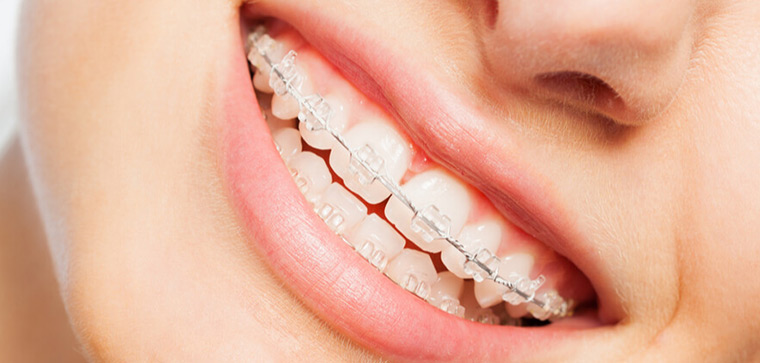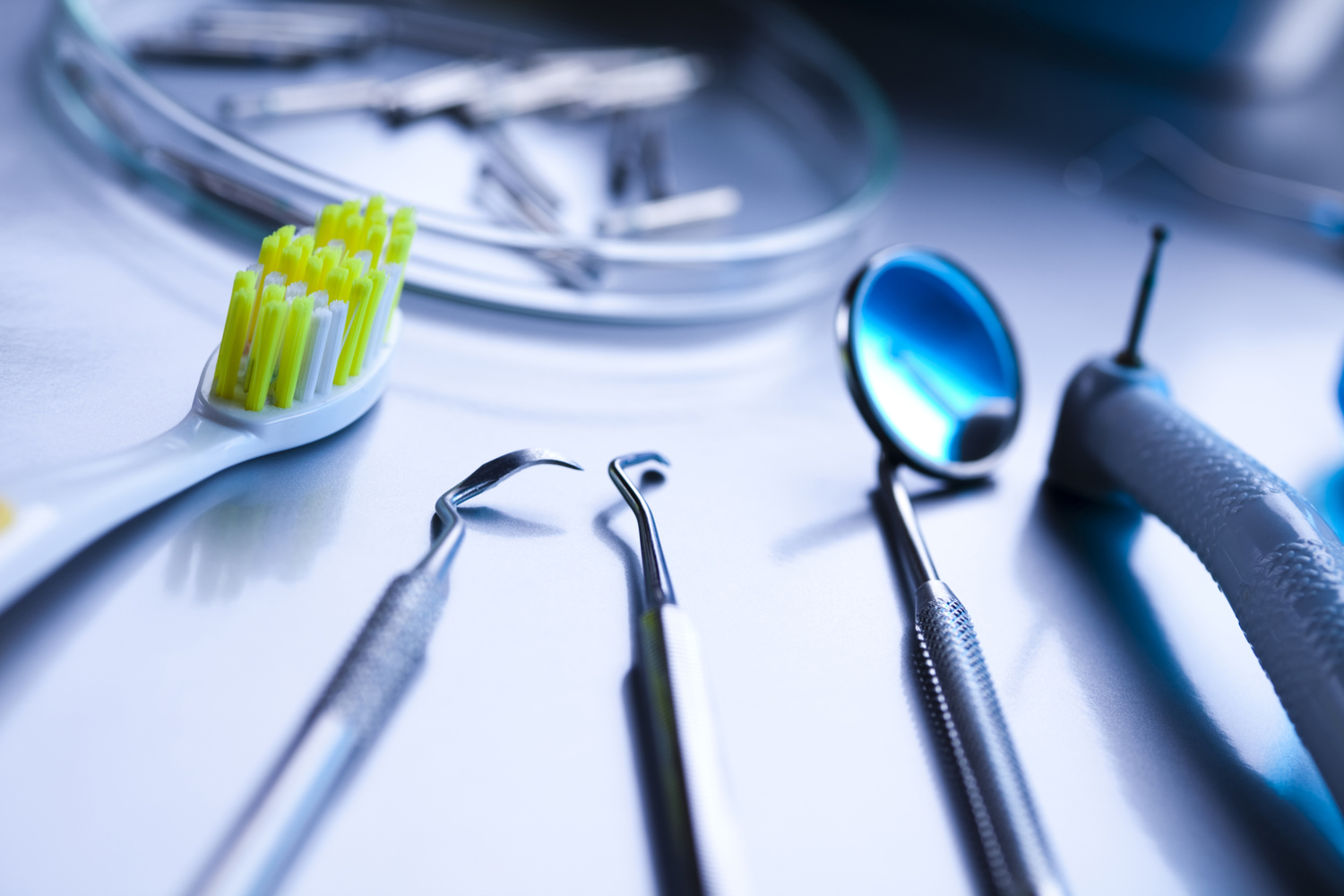All About Clear Braces in Smile Wellness Clinic
At Smile Wellness, we're proud to offer ceramic braces to our patients in Phoenix, Chandler. Also known as clear braces, tooth-colored braces, or aesthetic braces, these work like metal braces.
Our clear braces are designed to be less noticeable on your teeth than metal braces. They're smaller than ever and made of nearly invisible tooth-colored polycrystalline ceramic material.
Less-Noticeable Than Metal Braces
We offer LightForce Cloud brackets to our Smile Wellness Clinic patients. These white, 3D printed brackets are 100% customized for your smile.
Each bracket our Doctors places on your teeth is custom built by LightForce using some of the world’s most sophisticated 3D printing technology.
Since your braces are designed just for you, they move your teeth more efficiently. You’ll enjoy a shorter treatment with fewer office visits.
Best of all, LightForce braces are more comfortable than traditional braces because they fit every tooth perfectly.
The Future is Clear
Clarity braces are the perfect option for teens and adults tired of the traditional braces look.
Made from the highest grade ceramic materials, clarity braces blend perfectly with your teeth.
For Special occasions or want to have a little fun, add colors just like traditional metal braces.
Choose Clarity braces to get the confidence to show off an awesome smile during and after treatment.
The Differences Between Ceramic & Metal Braces
Metal braces are known for their durability and strength. Ceramic braces are also tough, but they are made from a different, more fragile material that is more likely to chip or crack. Traditional braces are also better at tolerating pressure than newer ceramic ones.
Having said that, both types of braces work on the same principles and tend to be equally as effective in most cases.
You may be worried about ceramic braces staining, but that hasn’t been a problem for several years. Ceramic brackets won’t stain. But, the adhesive used to attach the brackets to the teeth and the clear elastic ties used to hold the wires in can stain.
This can give an overall impression of discoloration or staining over time. You can choose to avoid things like coffee and tea, red wine, tomatoes, mustard, etc. to cut back on the chance of any staining.
This isn’t necessary since we change your elastics at every adjustment appointment.
As long as you maintain a good oral hygiene routine, you shouldn’t have to worry too much about giving up your morning cup of coffee or evening glass of wine.
This is one of the reasons that it is important to see an Invisalign certified Orthodontist rather than a general dentist. Most general dentists have very limited orthodontic training and can only offer Invisalign as an orthodontic solution. An orthodontist is able to evaluate both the clear aligner option as well as other orthodontic treatment plans. That way you can choose the option that works best for you.


